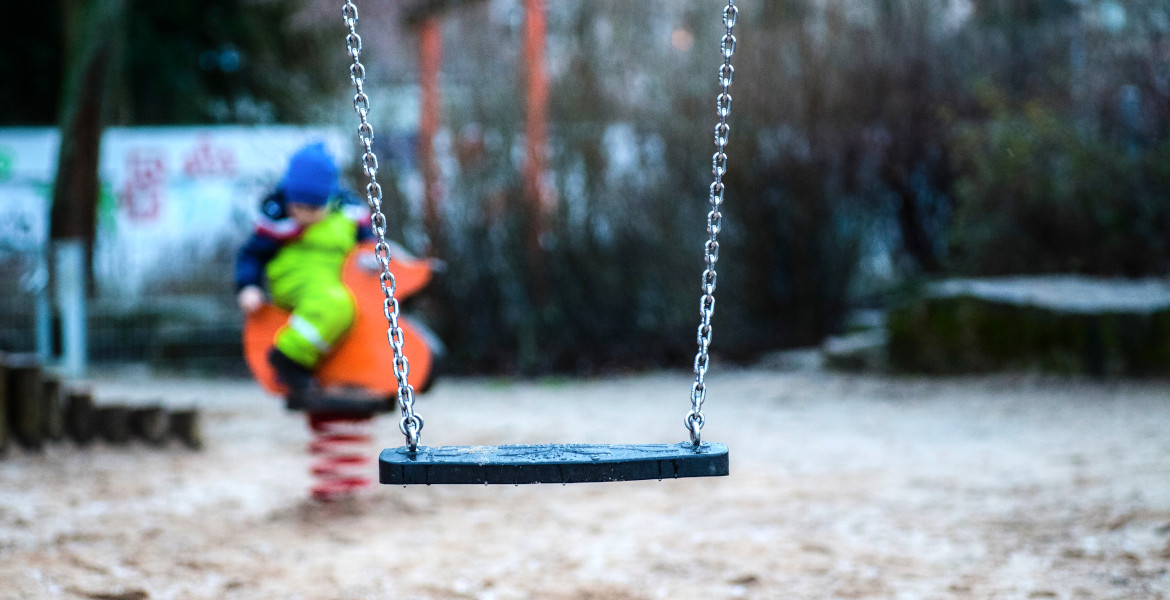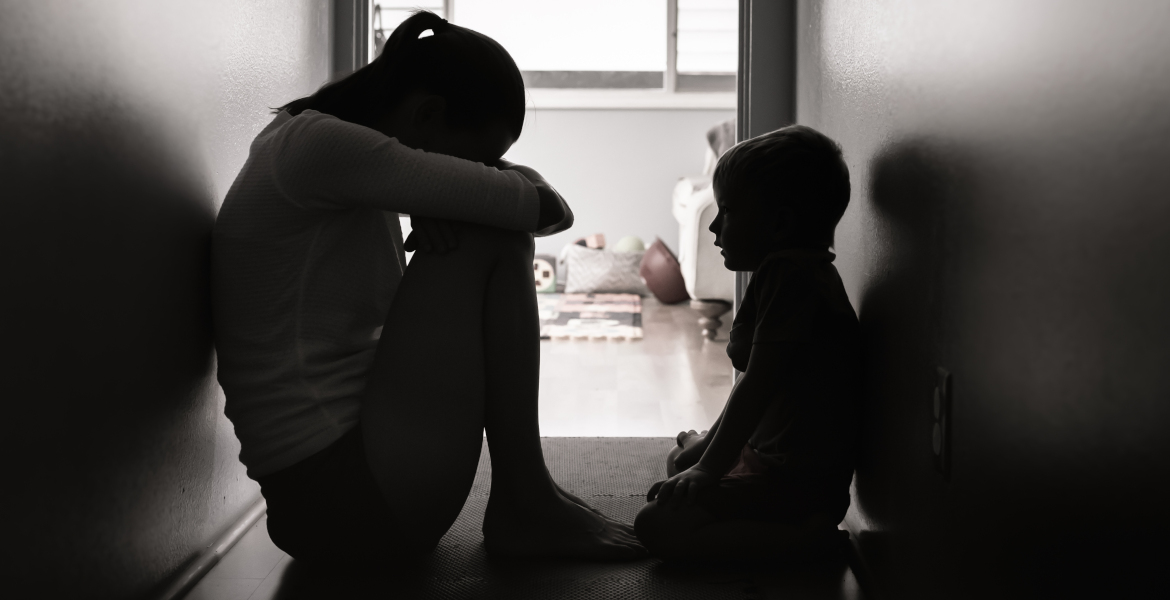Over the past three years, the Rent Court in Skåne has settled about 40 rent disputes related to mental illness - in half of the cases, mentally ill tenants were forced to move.
– I think our social safety net could be stronger. It should be possible to catch mentally ill people much earlier”, says Susanne Björkman Ragnarsson, head of the court.
If a tenant is evicted by the landlord but does not want to move, the case can be brought before the Rent Tribunal, which decides whether the person can stay or not. Hem & Hyra has studied the actions of the court in Skåne and notes that "mental illness has played a decisive role" in at least 40 cases over the past three years.
There are three different types of scenarios, the most common being that the tenant suffers from mental illness and has a “behavior that goes beyond neighbors or property owners” and where neighbors may perceive the situation as unpleasant or uncomfortable - even if no actual crime has been committed.
"It could be collectors filling apartments with garbage or people disturbing others in the house. This may result in the landlord evicting the person causing the disturbance", they write.
– When we talk about mental illness, it is very diverse. It can be someone who is really ill and under custody, in other cases it can be someone who is just a little depressed after being unemployed. It's a wide range, and we often encounter it in some form, but it's rarely really bad, says Susanne Björkman Ragnarsson, rent counselor and head of the rent board in Malmö.
Getting sick of their neighbors
The second type of scenario involves tenants who are too ill to take care of themselves, manage their daily lives or pay their rent. Often, destructive life events, such as sudden unemployment or separation, have caused them to stop opening letters and bills altogether.
“He lost himself in his mental illness and didn't think about the rent in any meaningful way. During that time, he just wanted to make sure his children and wife were comfortable. From now on, the rent is his first priority”, writes the Rent Tribunal about a man who was eventually allowed to stay after reaching an agreement with the landlord.
A third scenario involves tenants who become mentally ill because of other tenants, such as repeated disturbances from their neighbors.
“The disturbances have caused me harm in the form of insomnia, headaches, high absenteeism, and general unease whenever I am in the apartment. Basically, my whole life has been reduced to trying to get enough sleep to do my job, which makes me anxious and depressed”, writes a woman from Skåne to the court.
Becoming homeless
In about half of the cases, the mentally ill end up losing their homes - often with nowhere to go, and it is also known that the mentally ill are the largest group living in homelessness.
– I've been a housing counselor for a long time and this has always happened, but I think I can say that it's getting worse. It's going up, but I don't know how much. I think more and more people are having more and more problems, but it's impossible for me to say what the cause is and if there is a diagnosis. I'm not a psychologist”, says Björkman Ragnarsson.
– This is a very personal opinion, but I think our social safety net could be stronger. That mentally ill people should be caught much earlier, so that it does not have to go to the rent tribunal. It's not that we want to do less at the rent tribunal, but that it should be softer. Things float to the surface and become public as soon as they come to us. This can sometimes make the situation worse and make it completely impossible for the person to get a new lease after going to court, she continues.





